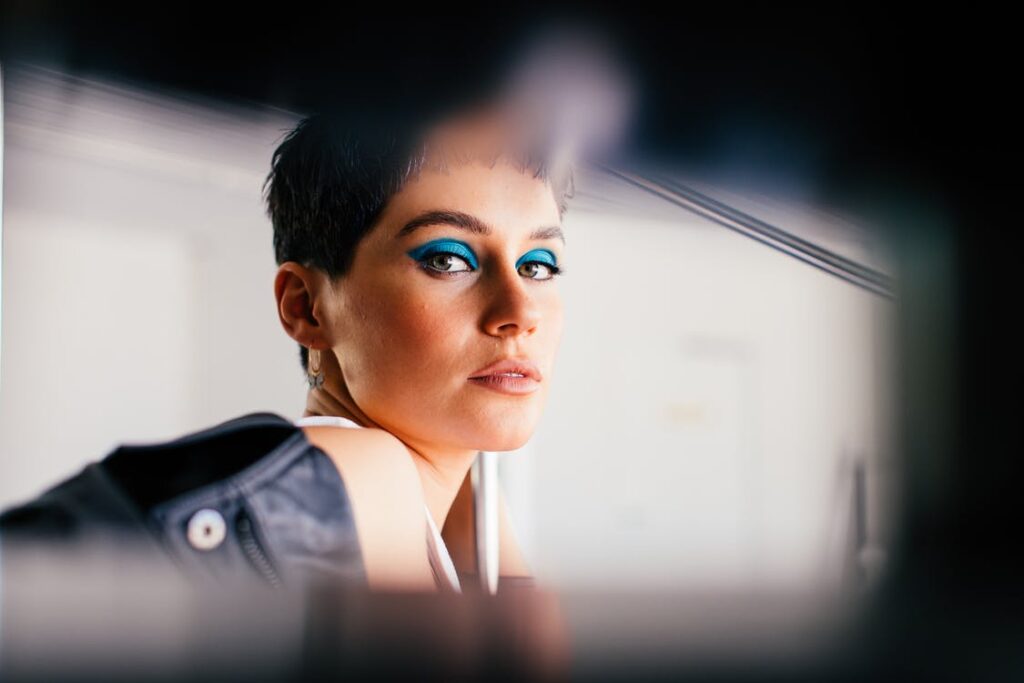Corporate offices and different workplaces are getting back up from the work-from-home setup. The 9 to 5 routine has already set in for many people around the country so is the work-life. The days are back where a day starts with getting dressed for work to deciding an outfit for the following day. For a few, it might be an exciting time to go back to the 9 to 5 routine and, for a few, it may not. So, we thought that we should compile some of our tips to keep your workwear game strong regardless of the mood!
Workwear is a tricky category. But, when styled correctly, it could amp up your personality. It can be a game-changer at work!
These days communication skills are being talked about a lot and, we think that fashion and styling can also fall under the category of communication. We can express so much through fashion/clothes. So, it could be a good idea to step up your workwear wardrobe. It may sound daunting at first but, we are here to help you with some of our tips to take out all the ambiguity around workwear wardrobe. All these points will help you look good and feel good too!
1. Uniformity creates an impact!
In a professional work environment, it is obvious to have patterns and order while working in a professional workspace. On a similar note, while developing/choosing a workwear wardrobe, you can bring uniformity. Uniformity will enable an order. Consider uniformity in colour, style, accessories, or others.
Maintaining or sticking to a similar style or having a particular pattern of accessorising can create individuality.

For instance, choose neutral colours for top-wear and darker/ cool-toned colours for bottom wear. All these can help create a polished personality/image at work. Choose similar kinds of accessories instead of layering and mixing it all up. Simplicity in such things can bring out a professional look.
2. Pay attention to the details

Details matter the most. Workwear can be fun if we choose unique styles/ details within a neutral outfit. Choose different collars styles sleeve styles to amp up your basic-minimal workwear wardrobe. Choose knitwear garments; lookout for new materials instead of your usual choices. Unique cuff styles will bring a personality that is unique to you. It can add a pop of fun element to the boring-usual corporate look.
3. Choose/ find a star garment

What do we mean by star garment? A good question to ask! A star garment is a piece in your wardrobe that you fall back on, the backup plan on the days when you have less time to choose. It could be the one classic garment that will help you on the days when you want to look just right with minimal effort. It could be a blazer, a dress or a jumpsuit.
The star garment can create a sharp look. It will also break the monotony of the week.
4. Quirk it up

According to respective workplace rules, you can quirk things up. Workwear can be fun when you add some prints or different accessories. An accessory or printed details can step up one’s outfit in a positive way. Feel free to experiment with accessories like handbags/wallets shoes to add more fun to your workwear wardrobe.
5. Pick up themes/order for the week!
We must have found ourselves asking this one question- What should I wear tomorrow? on most days. This same damn question can be annoying/boring every day.
Taking out/separating a few top wear or outfits for the week can help. Sticking to a theme or an order can help. For instance, pick an order for the week- a week of Indian workwear or three days of western workwear followed by Indian workwear. All these can help manage and create order in our day-to-day routine.
When we are in a hurry, we are less likely to make decisions so, a better choice would be to make a few decisions before the week this will lead to a hassle-free week for sure!
If you like our blogs, share them with your friends, comment down below and let us know your thoughts. We will post more such content on fashion and styling. You can join our community on Instagram and Facebook too!




















